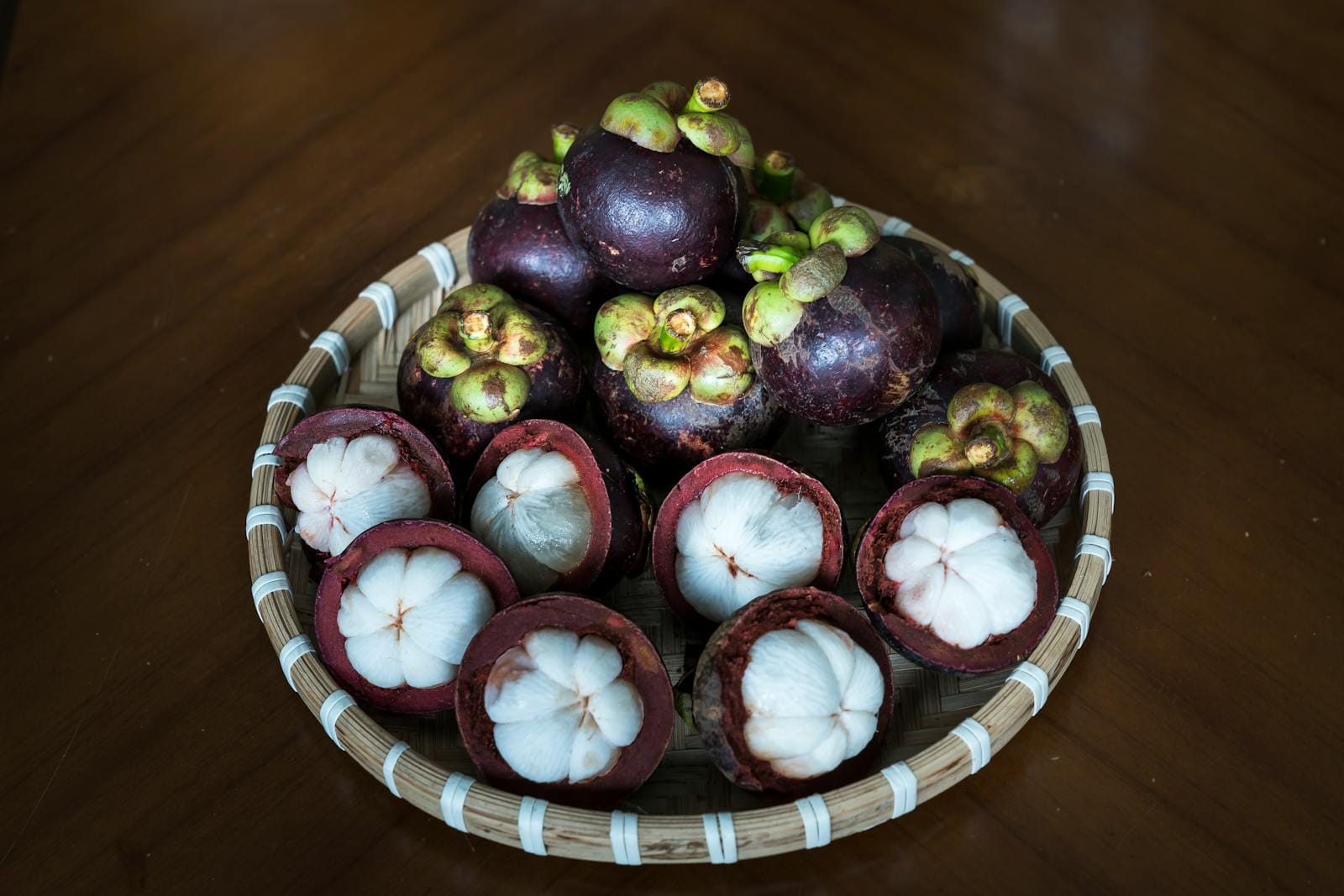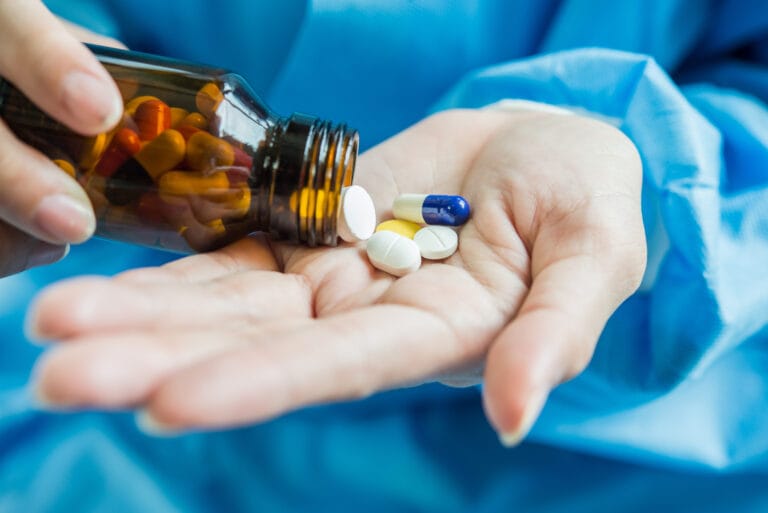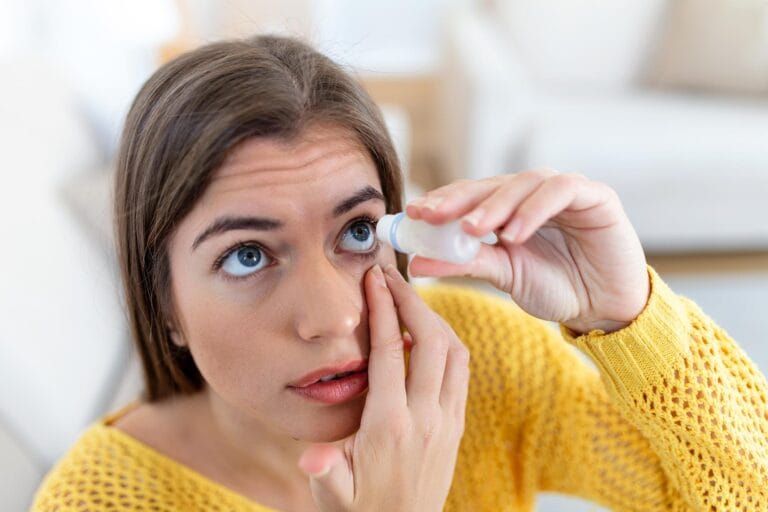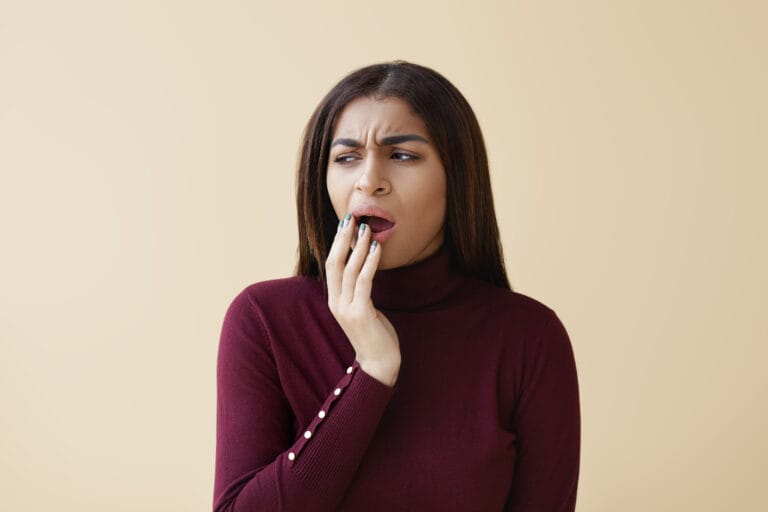
Powerful Benefits of Mangosteen for Health!

Mangosteen, or Garcinia mangostana L., is a plant from the Clusiaceae family and the Garcinia genus. Morphological and cytological research results show that this plant comes from Southeast Asia. The thick skin of the mangosteen fruit produces a sticky sap that is maroon to purple. The edible part of the mangosteen fruit is white flesh with a sweet-to-sour taste and a juicy and fibrous texture.
Mangosteen as Traditional Medicine
Mangosteen contains various bioactive compounds, such as polysaccharides, xanthone, procyanidin, benzophenone, bioflavonoids, phenols, and triterpenoids. Thanks to this content, mangosteen has been used in traditional medicine for many years. Mangosteen fruit is known to help treat stomach ulcers, while the peel is often used to treat diarrhea, stomach aches, inflammation, skin infections, and wounds. The following is an explanation of the bioactive compounds contained in mangosteen:
Read: Lime Can Cure Diabetes?
1.Xanton
Xanthones and their derivatives are the primary bioactive compounds found in mangosteen rind. Xanthone derivatives include α-mangostin, β-mangostin, γ-mangostin, 8-deoxygartanin, garcinone D, and mangostanol.
Among these, α-mangostin is the most prominent derivative, known for its antidiabetic, antioxidant, and anti-inflammatory properties. On the other hand, γ-mangostin exhibits biological activities such as anticancer, antihyperglycemic, and antimalarial effects.
However, the effectiveness of γ-mangostin depends on its availability, as only the free form of γ-mangostin exhibits beneficial biological activity.
2.Polysaccharides
In addition, mangosteen contains polysaccharides with complex molecular structures made up of various monosaccharides. These compounds exhibit antioxidant, anticoagulant, antitumor, and immune-boosting effects.
However, the biological activity of these compounds depends on their molecular structure, meaning that polysaccharides from the same source can produce different activities depending on their structural characteristics. These compounds are widely used in the biomedical field because they are non-toxic and do not have side effects.
3.Procyanidin
Another bioactive compound found in mangosteen is procyanidin, a phenolic compound consisting of epicatechin and catechin. This compound demonstrates biological activities such as anti-inflammatory and antibacterial effects.
Additionally, the epicatechin content in procyanidin acts as a free radical scavenger, antioxidant, and skin protector.
4.Benzophenones
Besides xanthones, polysaccharides, and procyanidins, mangosteen also contains benzophenones. These compounds are known for their biological activities, including antioxidant, anti-inflammatory, anticancer, cytotoxic, and antibacterial effects.
In mangosteen, several important derivatives of benzophenones can be extracted, including compounds with specific hydroxyl and methoxy groups, such as 2,3′,4,6-tetrahydroxybenzophenone, and 3,4,5,3′-tetrahydroxybenzophenone, as well as other complex compounds such as mangaphenone and benthamianone.
Although mangosteen is known to have various health benefits, its effectiveness depends on the composition of the bioactive compounds contained in it. At IML Research, we provide laboratory testing services that produce high-quality reports to confirm the compound content in your herbal products.
With comprehensive, accurate, and reliable results, your business can deliver truly beneficial consumer products.



